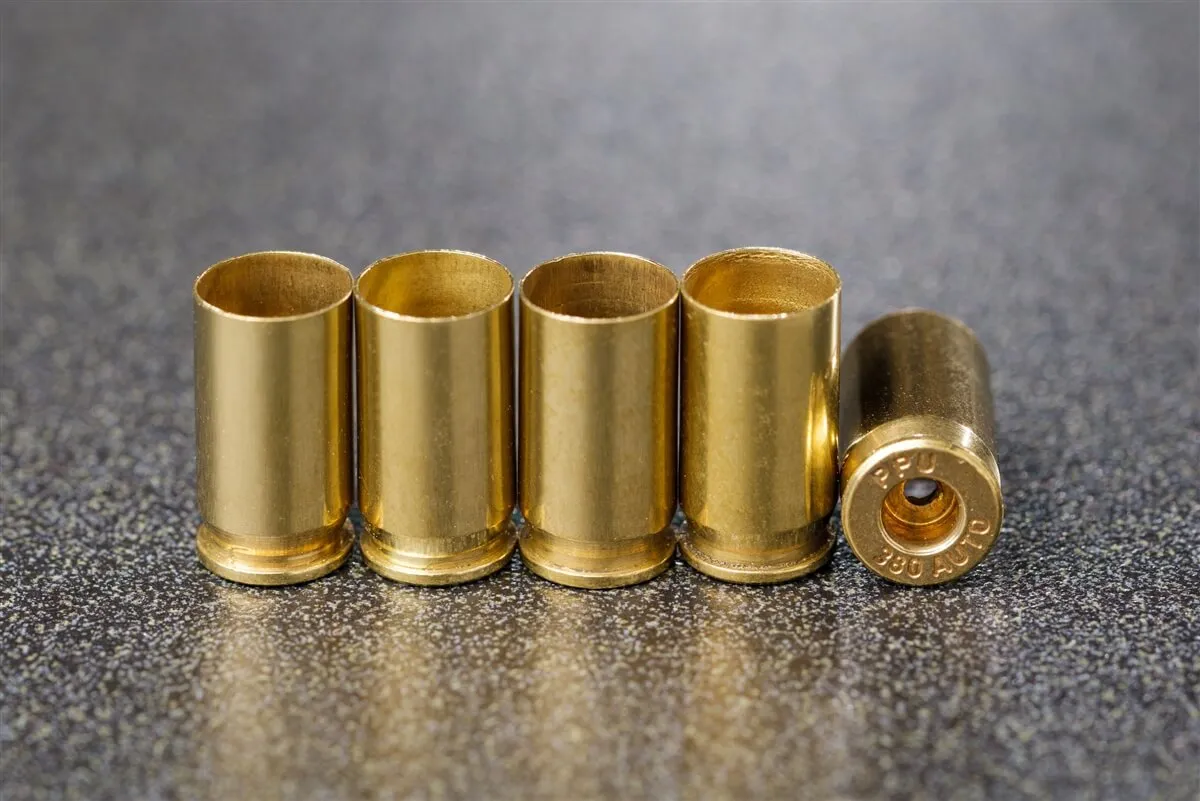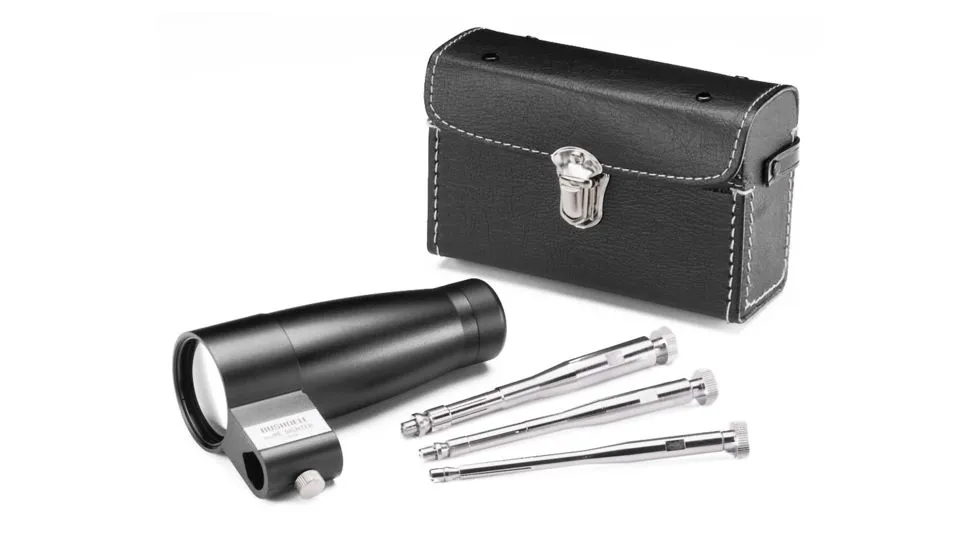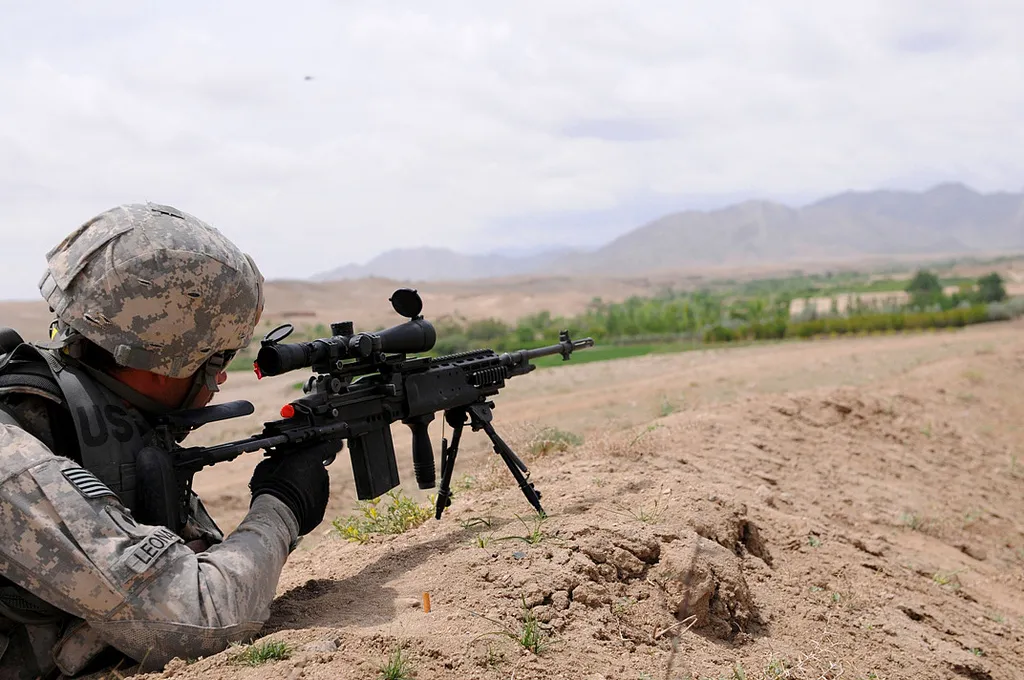So what is best, the XM193 or XM855? And, what's the difference between the M and SM bullets? We'll go into the details in this article.
Let's first get to the M v XM difference. It is pretty straightforward. There is none. Well, at least none worth writing home about. M stands for mil-spec and the M cartridges are made for and tested to mil-spec. The XM is the commercial variant that is made the same but not tested to mil-spec.
Here's a quick look at M/XM193 and M/XM855 specifications before we get into the details of this fine shooting ammo.
BONUS OFFER: Get your free shooting range targets to print at home!
Get your free targets to print at home!
Quick History Of 5.56 x 45mm NATO
The NATO 5.56 x 45mm cartridge is a rimless bottlenecked cartridge. FN Herstal developed a 22-caliber rifle cartridge for military use in Belgium in the late 1970s. The cartridge is based on Remington's hugely popular.223 Remington cartridge, which was developed in 1957 for the original ArmaLite-15 (AR-15) rifle and later, the M16 service rifle in 1964.
In October 1980, the round was redesigned with a 62-grain FMJ bullet containing a 7-grain steel core penetrator, and the 5.56 NATO was born. Unsatisfied with the performance of the .223 Remington round. Top military brass ordered that it be redesigned to provide better penetration against armor and hard targets at long range. Today, the 5.56 NATO line of ammo consists of M855/SS109, SS110, and SS111 cartridges.


What is M193 Ammunition?

The M193 5.56 cartridges, which were developed in the early 1960s, first saw action in Vietnam. Where they were used in the then-new M16 rifle. M193 was the primary round used in military M16s after it was officially adopted in 1964 until the 1980s.
The M193 cartridge (and its civilian equivalent) propel a boat tail projectile with a lead core and a full copper jacket. The FMJ bullet weighs 55 grains and travels approximately 3,165 feet per second out of the muzzle. M193 5.56 cartridges, like most military ammunition, are chemically sealed at the primer and case mouth for added moisture resistance.
M193 on Target
Despite the fact that M193 is an FMJ round, it frequently fragments inside soft tissue, causing a significant wound. M193 FMJs cause only minor wounds when they fail to fragment. Unfortunately, fragmentation is inconsistent with these loads. Many military personnel from the Vietnam War complained about the M193. claiming it had no effect on the enemies it hit. M193 performs poorly in terms of barrier penetration as well. These rounds appear to have difficulty punching through windowpanes, heavy clothing, and even vegetation.
Popular Articles
When to Choose M193
The M193 may produce better results if your rifle has a slower twist rate (1:9, 1:10, or 1:12). M193 is more effective on soft targets that aren't hidden behind a barrier, especially those within 100 yards.
What is M855 Ammunition?

The M855 is known for its distinctive color coding and it is also known as "green tip" or "penetrator" ammo. These 5.56 cartridges fire a 62 grain projectile with a boat tail, lead core, and a steel "penetrator" tip. M855 ammunition has a muzzle velocity of about 3,020 feet per second. Similar to M193 ammunition, the primer and case mouth is chemically sealed.
The bullet used in the M855 differs significantly from that used in the M193 and other standard FMJs. These "penetrator" projectiles were designed specifically for the Belgian Minimi and American M249 SAW to improve long-range performance.
M855 on Target
The steel "penetrator" at the tip of the M855 core allows it to effectively penetrate barriers. So much so that our dear government considered classifying it as armor-piercing back in 2015. That of course would mean the end of selling it to us civilians. Fortunately, that did not happen.
And while it might not go through armor it is fairly effective at penetrating glass, thin metals, thick clothing, and brush. Due to its effectiveness at penetrating, this ammo can mess up steel targets and protective backdrops. Some ranges do not allow it, so check the rules at your local gun club before using it.
While outstanding at hard targets, M855 performs poorly on soft targets. The same properties that enable its "penetrator" projectile to punch through barriers also allow it to pass straight through a soft target without causing significant tissue damage. In this regard, the M193 outperforms the M855.
When to Choose M855
Choose M855 "green tip" ammo if you're shooting a rifle with a fast twist rate (1:7 or 1:8). M855 "green tip" is the way to go when trying to poke holes through intermediate hard barriers.
Ammunition Impact Comparison
An M16A2-/A4-series weapon can fire M193 and M855 ammunition. At 300 meters, Table 1-1 and Figure 1-2 show the difference between a rifle zeroed with M855 ammunition and then re-zeroed with M193 ammunition. There is no difference in the trajectory of the rounds or their impact on the target.

Table 1-1. M855 zeroed at 300 meters; M193 re-zeroed at 300 meters.

Figure 1-2. M855 zeroed at 300 meters; M193 re-zeroed at 300 meters.
The difference in ammunition becomes apparent when zeroing the M855 and M193 at 25 meters, as shown in Table 2-1 and Figure 2-2. When using M193 ammunition with an M16A2, the rifle should be zeroed with M193 ammunition.

Table 2-1. M855 zeroed at 25 meters; M193 re-zeroed at 25 meters.

Figure 2-2. M855 zeroed at 25 meters; M193 re-zeroed at 25 meters.
If an M16A2/A4 rifle was zeroed at 25 meters using M855 ammunition and M193 ammunition is fired without re-zeroing, the difference in round impact on target varies between ammunition, as shown in Table 3-1 and Figure 3-2.


Figure 3-2. M855 zeroed at 25 meters; M193 fired using M855 zero.
Barrel Twist
Naturally, the barrel twist of your rifle also influences how well the heavier projectile performs. The below charts show the ideal bullet weight for each twist ratio.

M193 VS M855 Penetration Test
TEST #1: Body Armor Penetration

The Level IV plates stopped both the standard 55 grain M193 FMJ bullet and the 62 grain steel-cored M855 round. Neither round penetrated the armor, but both left significant bulges on the backside of the armor plates. When it comes to punching through body armor, the steel-cored M855 was as expected the better round.
BONUS OFFER: Get your free shooting range targets to print at home!
Get your free targets to print at home!
TEST #2: AR500 Steel Plates

Both rounds barely scratched the surface of a sheet of 3/8ths inch AR500 steel.
There was no difference in penetration between the M855 and the M193 at 100 yards. Both rounds splattered against the hardened steel and had no noticeable effect on the surface. If you need to drill holes in hardened steel, you should probably use something other than a 5.56mm round, even if it is M855.
TEST #3: Mild Steel Plates

On milled steel targets, the effects were rather dramatic. M855 punched right through, M193 did not.
When fired at milled steel, M855 ammo produced noticeably different results than M193 ammo. The M855 round's steel core punched through the mild steel and became embedded in the backstop dirt. The lead and copper M193 made deep divots in the target but did not penetrate it.
Which Is Better, M193 or M855 Ammo?
In this comparison, there is no clear winner. Each round excels at different tasks, so it is entirely dependent on your requirements and application. If penetration or longer range is important to you, the M855 is likely to be the better choice. But, the M193, and its effect on softer targets, is the one to go with for hunting.
Final Thoughts
Both of these cartridges are reasonably priced, widely available, and consistent enough to satisfy the majority of shooters. The M855 is capable of good accuracy but outperforms the M193 at longer ranges. The advantages of this round over the M193 are its more consistent fragmentation characteristics and improved performance through intermediate barriers.
Keep in mind that the difference in load between the M193 and M855 is minimal. Both have full metal jacket bullets in them.
We hope this article has helped you. Enjoy and keep yourself safe out there!
Which one is your favorite? Make sure to share your experience with us in the comment section.







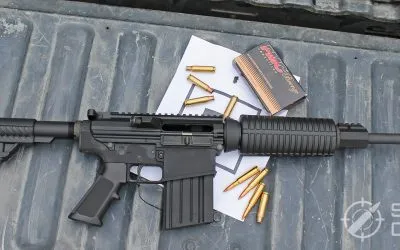
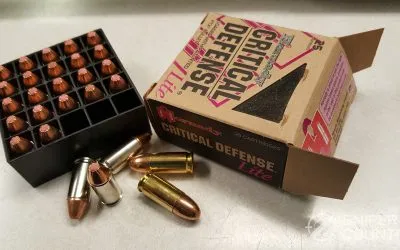
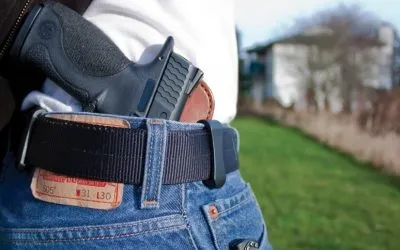
![9mm Glock Models [Ultimate Guide]](https://snipercountry.com/wp-content/uploads/2018/10/Glock-17-vs-Glock-19-vs-Glock-26-vs-Glock-41-vs-Glock-43-WM-400x250.webp)
![Handgun Caliber Chart [2025 Ultimate Guide]](https://snipercountry.com/wp-content/uploads/2018/10/Handgun-Caliber-Comparison-400x250.webp)
![Rifle Calibers [Ultimate Guide]](https://snipercountry.com/wp-content/uploads/2018/12/Header-1900-400x250.webp)





